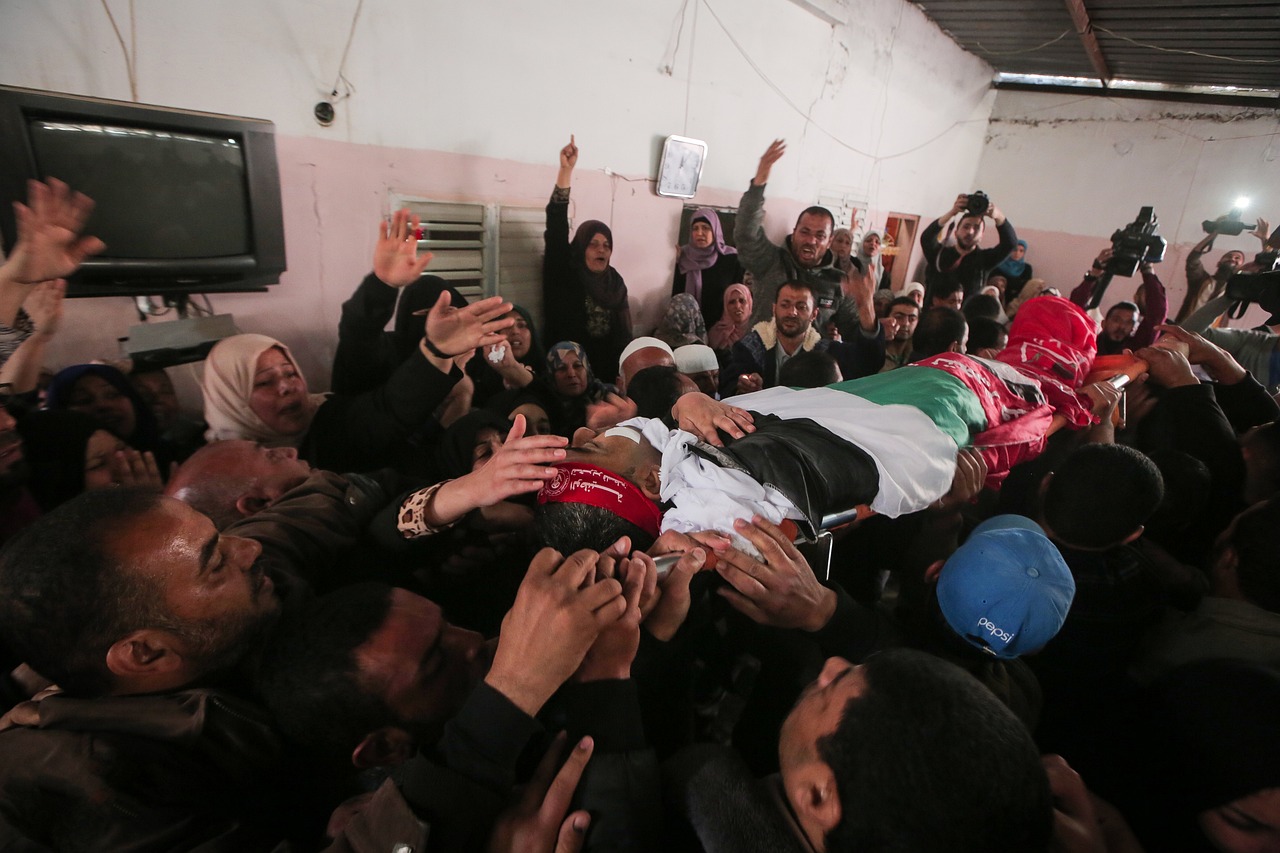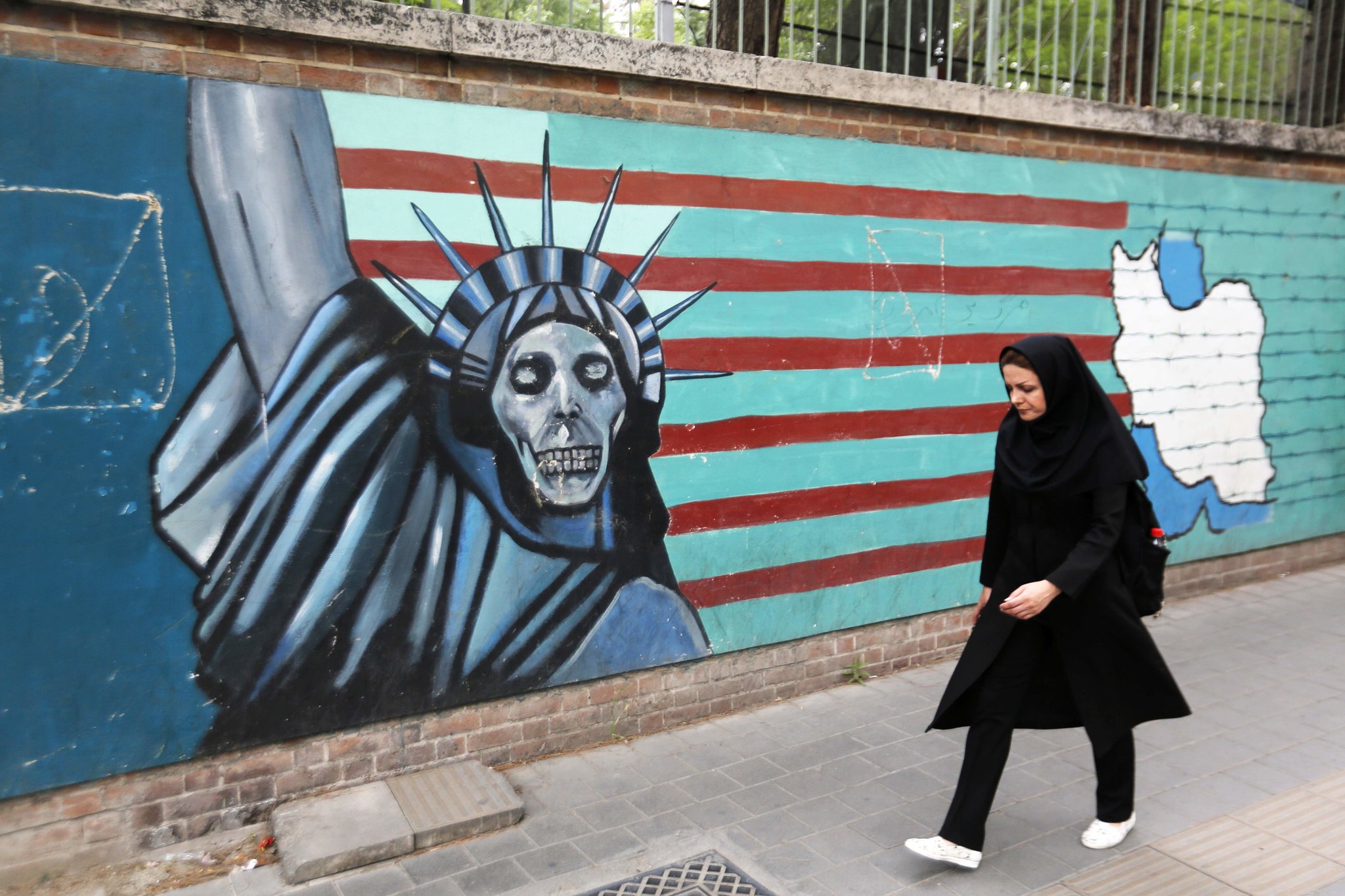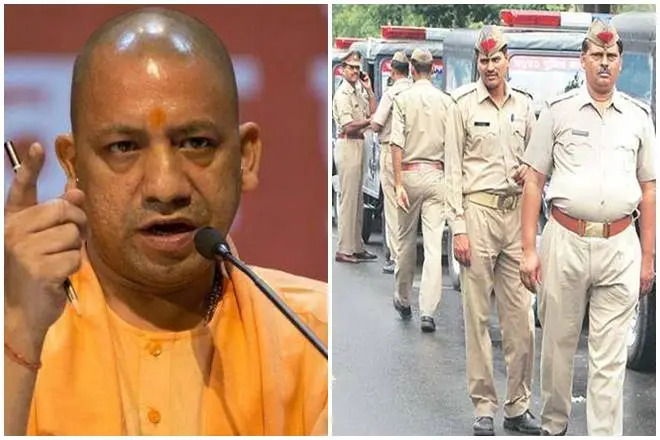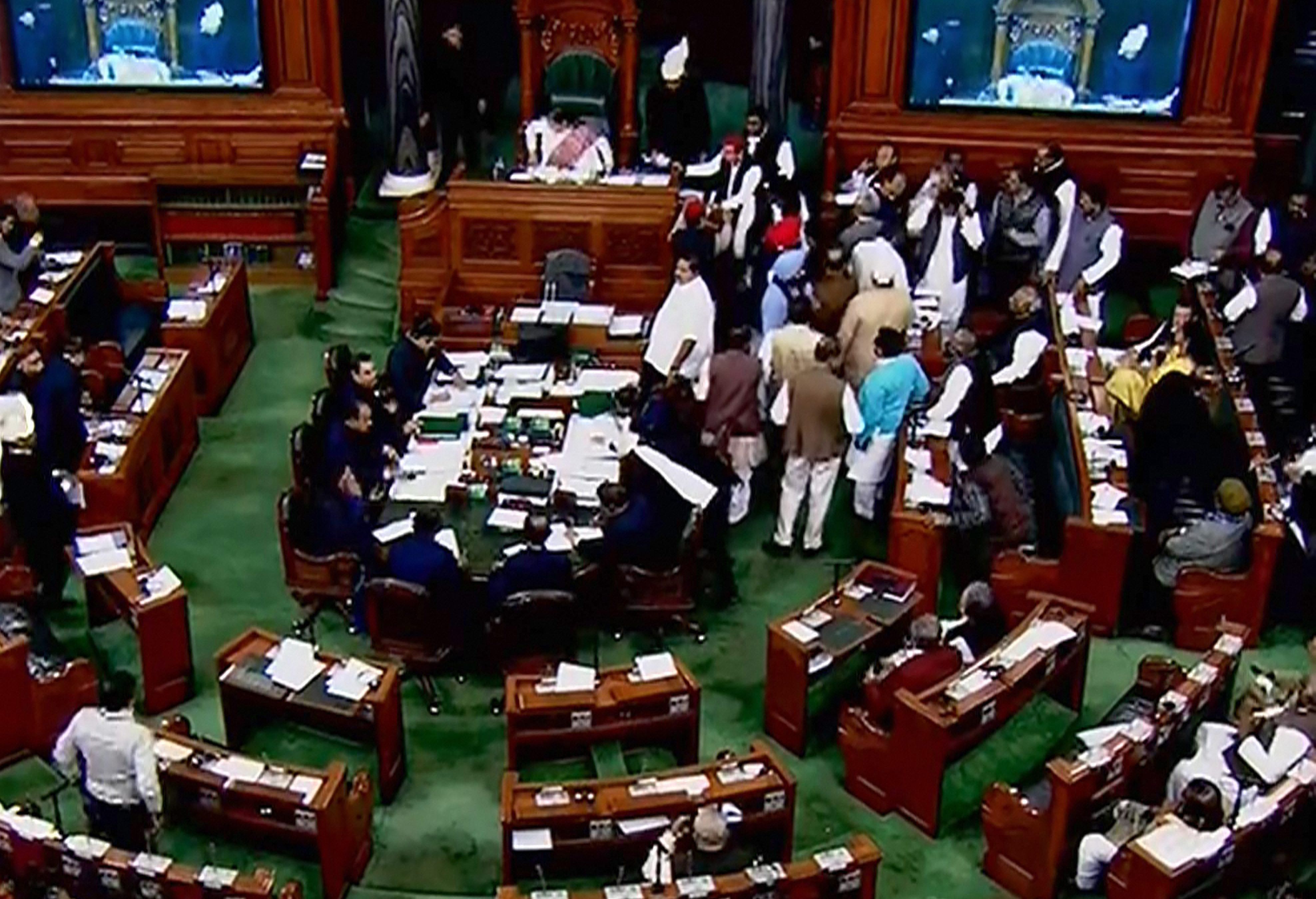South Asia is home to one-third of the world’s Muslim population. Contrary to the popular belief there are more Muslims in South Asia than there are in middle-east which is popularly known to be the heart-land of Islam. After Indonesia, India is the second country in the world with the largest Muslim population. India is anciently known to be the hub of Hinduism, Buddhism and Jainism. So, when and how did a country largely consisting of Hindus, Buddhists and Jains become so densely populated by Muslims? How did Islam emerge in pre-colonial India? As much as there is a controversy around this inquisition, there is also a lack of historical, geographical and political awareness related to it. The most important aspect to this bone of contention is the appalling state of the Muslims in post-colonial India, and how is it different from that of the Muslim diasporas in the rest of the world, in specie the West. Albeit there have been events of religious violence in pre-colonial and British India, the post-colonial period has seen an enormous increase in riots and hate crimes against Muslims in India.
Also read, India Ranks 161st in Terms of Journalistic Freedom- RSF
The Image of Muslims in the West
The image of Muslims in the west has been in question lately more than ever in the world in general. The rise of hate crimes against Muslims usually chalk up to the 9/11 attack against the United States which was allegedly carried out by a religious extremist organization Al-Qa’ida. Having said that there have been some crucial conspiracy theories that called for a new investigation into the attacks, because they asserted that there was evidence of individuals from within the US government being either responsible for or knowingly having conspired in the attacks as a means for America of justifying the war in Afghanistan and Iraq. However, majority of the general public held the opinion that Al-Qai’da had orchestrated the attack. Because the members of the Al-Qai’da were people who proclaimed to be the adherents of the religion of Islam, this gave rise to a sense of bigotry and intolerance in the west towards the entire Muslim community.
The widely accepted notion among the broad commonality incriminated the Muslims of effectuating the attack. Non-Muslims started generalizing Muslims and started viewing them as people who endorsed terrorism, which led to a common prejudice against them in the western society. From their customs and religious practices, including their eating habits, to their appearance and clothing, Muslim men and Women were looked down upon and stereotyped as radical and fundamentalists. This generalization and stereotyping of Muslims gradually turned violent in nature and this turn of events gave rise to a series of hate crimes resulting in abuse and even unfortunate deaths of many Muslims. Howbeit, even before the 9/11 attack, many bookmen and laypeople alike had accepted a prior perception that religious terrorism had become the most common form of terrorism, particularly with regard to Islam. This suggests that Islamophobia was a common practice even before 2001.
Read here, “The Kerela Story” Controversy in India
Islamophobia before 9/11
People have associated Islamophobia with various manifestations. While some people reckon the phenomena with the increasing population of Muslims in the United States and Europe, others deem it to be retaliation for an ostensible anticipation of the emergence of a global Muslim identity. Yet many others identify Islamophobia with xenophobia and racism. Another less talked about reason for Islamophobia is the media’s double standards while reporting terrorism. A recent study has found out that terror attacks by “muslims” receive 357% more press attention. This was University of Alabama researcher’s newly study which was published in Justice Quarterly (academic journal covering criminology and criminal justice) authored by Dr. Erin Kearns, UA assistant professor of criminology and criminal justice. Still and all the causes of Islamophobia have always been and till date are debatable.
In the spate of attacks on Muslims in the western countries including the United States, United Kingdom, Canada, Switzerland and New Zealand, it should be noted that the occurrence of such deplorable crimes in the West have one regularity. They are all driven by Islamophobia, the impetus of which is the bigotry for Muslims, a sequence to the specious notion that Muslims endorse Terrorism.
Also, read Muslim OBC Reservation scrapped by BJP government of Karnataka
Appalling State of Muslims in post-colonial India- Partition
Talking about Islam and Muslims, then like in West the appalling state of Muslims is much the same in parts of South Asia explicitly in India, but for wholly different reasons. Though there have been incidents of religious violence in pre-colonial and British India, the history of modern India has seen a compelling surge in the estimate of both subjective and objective violence. But what accounts for this rise of violence against Muslims in independent India? Is it Islamophobia that drives this hatred, just like it does in the West.
Inasmuch these crimes are a result of anti-Muslim sentiments in both the West and in India, the causes of these crimes are primitively much different. Benchmarking the nature of these crimes and the disparity in the claims of the perpetrators, one finds out that there is significantly a historical aspect to the nature of violence against Muslims in India. The partition of British India into two different countries, now called India and Pakistan, was originally borne out of a religious divide amongst Hindus and Muslims. As history claims, different people were for and against partition, as each had a different vision in mind.
There are many theories that explain the reasons for the establishment of Pakistan. One of the most agreed upon consensus of the pro-partition leaders for the formation of Pakistan was the subject of safety of the Muslim minority in the otherwise Hindu majority India. The earlier incidents of religious violence in India had taken a toll on both the Hindus and Muslims. The Muslims being the minority were now more insecure about their safety while living amongst Hindus. Because the safety of Muslims had been in question, ultimately the demand for a separate country for Muslims by the pro-partition leaders was unanimously supported by most Muslims. The Muslims who were not able to migrate then to the land given to Pakistan were left in India, and thus were even less in number, making them an even smaller minority than before.
Read here, India- The Killing of Gangster-Turned-Politician Atiq Ahmad
Commencement of the Appalling State of Muslims in post-colonial India
What marked the commencement of the violence against Muslims in Independent India was the demolition of Babri Masjid, a 430 year old mosque in Ayodhya by extremist Hindus and members of Vishwa Hindu Parishad(VHP) and Bajrang Dal. What followed was a sequel of incidents feuled by the religious animosity stirred between Hindus and Muslims. There has been a continuing rise in the manifestation of hate crimes and incidents of religious prejudice against Muslims in India ever since. However, with the emergence of the current government in India, the last few years have seen an enormous and noticeable amount of hate driven crimes including rape, public flogging and lynching. The motives of the perpetrators for committing such heinous crimes are as bizarre as they are abominable. Concepts like cow vigilantism and theories like “Ghar Wapsi” have been doing rounds in the air and have accounted for most of these crimes if not all.
Also, read UN Defender Demands End to Crackdown on Kashmiri Activists
The idea of “Ghar Wapsi” in the appalling state of Muslims in post-colonial India
The idea of “Ghar Wapsi” has also been endorsed and publicized by the right-wing extremists in India, including the leaders of the current government. It is a concept that propagates religious conservation of non-hindus to Hinduism. The reason behind the ideology of these people is their belief that all the people living in pre-colonial and ancient India were originally Hindus. They believe that the emergence and presence of non-hindus in India is only because of the forced conversions by missionaries and invaders that came to India from outside, who were by and large Muslims. This ideology is linked to the pre-colonial past of India. It refers to the period when Islam first emerged in India in 711, when Mohammad Bin Qasim, who was a general in the Umayyad -empire conquered the area of the Southern Pakistan. This was the initial interaction of Islam with South Asia.
Afterwards in the 13th century, the Mongol Invasion uprooted a large number of Persian Turks from Iran and Central-Asia driving them to India where they settled in. And so gradually the tradition and practices of these people started to blend in the syncretic culture of India. Subsequently in the late 13th century with the establishment of the Empire of Timur, began the era of the rise Muslim rulers in India.
Later on in 1526, Babur, a direct descendant of Timur, founded the Mughal Empire, which then ruled almost all of the Indian subcontinent for more than 200 years. During the growth of the Mughal Empire under Babar’s son Akbar (1526-1605) there was an essential blending of Hindu-Muslim cultures. Akbar married a Hindu princess of a pure Hindu Rajput blood-line. This made Akbar’s son Jehangir half Rajput and half-Hindu. After Akbar, his son also married a Hindu woman, and therefore Jehangir’s son Shahjahan was three-quarters Rajput. With the rise of the Mughal Empire, biologically each successor of the dynasty became less and less Turkic and more and more Indian. They adapted the culture of India and also the Indian culture was insinuated by the Islamic traditions, resulting in the concoction of two separate cultures and religions.
Read here, Festival turns bloody after Hindutva Mob Burnt Centennial Mosque
Historic Bias as a reason for the Appalling State of Muslims in Post-Colonial India
These religious and cultural adaptations are, however, still seen as unethical and blameworthy by many Hindus in India, as they see Islam as a threat to their own culture and identity, as a foreign concept brought to India from outside. They consider the presence of Muslims in India as a result of the historic invasions and forceful conversions by Muslim outlanders and conquerors, and not the gradual amalgamation of two different cultures and religions over the course of time. Crimes like lunching and theories like “ghar wapsi” are not mere co-incidents but are borne out of such historic beliefs. They are a corollary of a historic hurt that these people carry. The violence in the west or bread out of islamophobia is sporadic in nature and often spontaneous while in India violence is structured. Unlike the west, the primeval and ever-growing intolerance towards the practices and culture of Muslims in modern day India is not because of the nature of these practices. On the contrary, in India Islam as a religion is not seen as much of a threat but Muslims are.
Also, read Dehumanizing Representation of Tribals and Muslims in the Oscar fame RRR
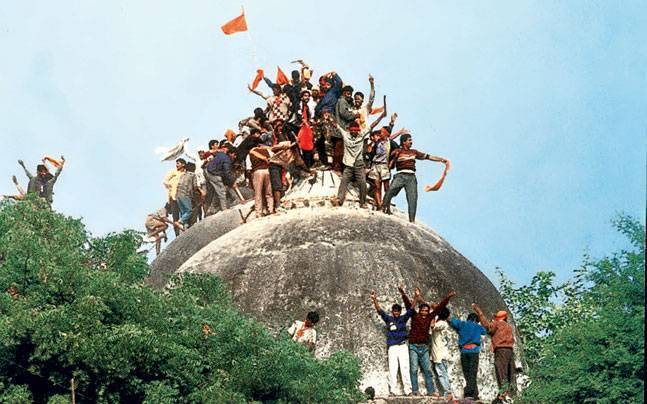

 Featured2 years ago
Featured2 years ago
 Featured3 years ago
Featured3 years ago
 Featured2 years ago
Featured2 years ago
 Featured4 years ago
Featured4 years ago
 Featured3 years ago
Featured3 years ago
 Featured5 years ago
Featured5 years ago
 Featured2 years ago
Featured2 years ago
 Featured3 years ago
Featured3 years ago
